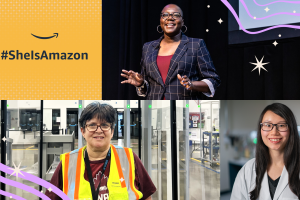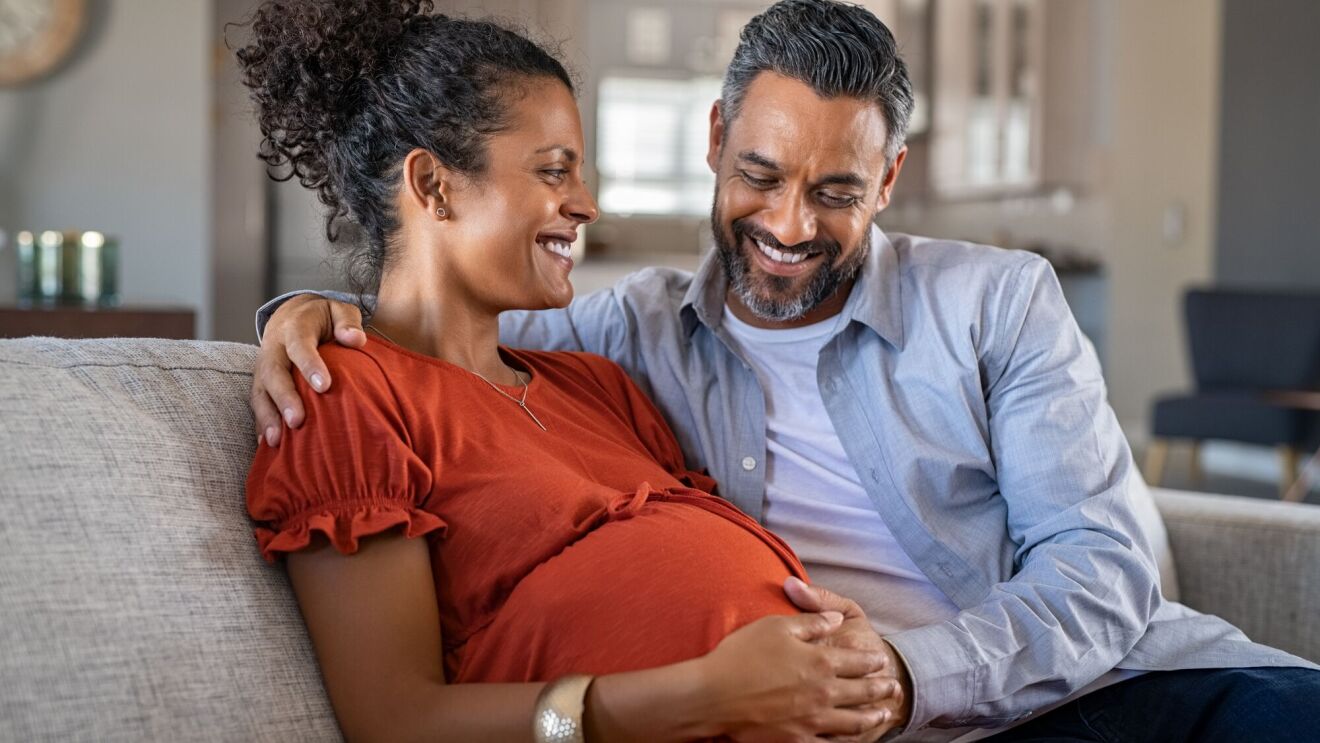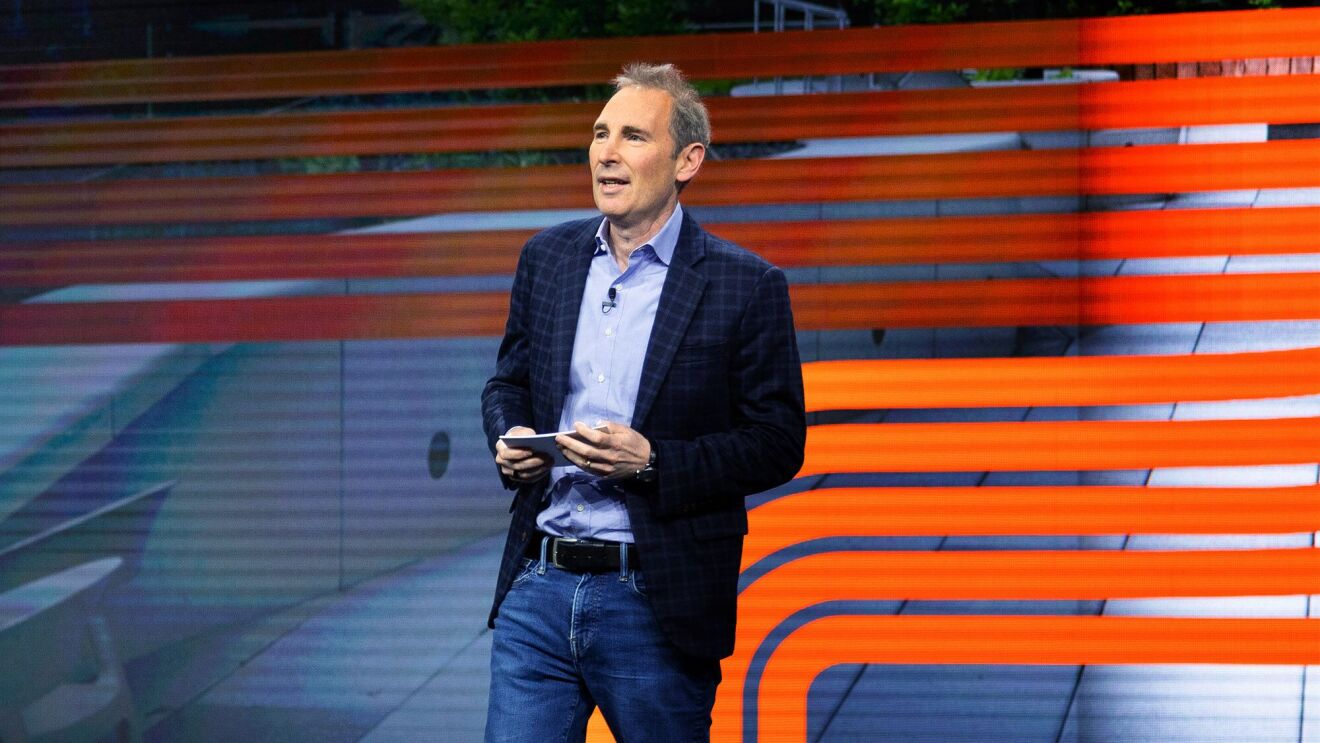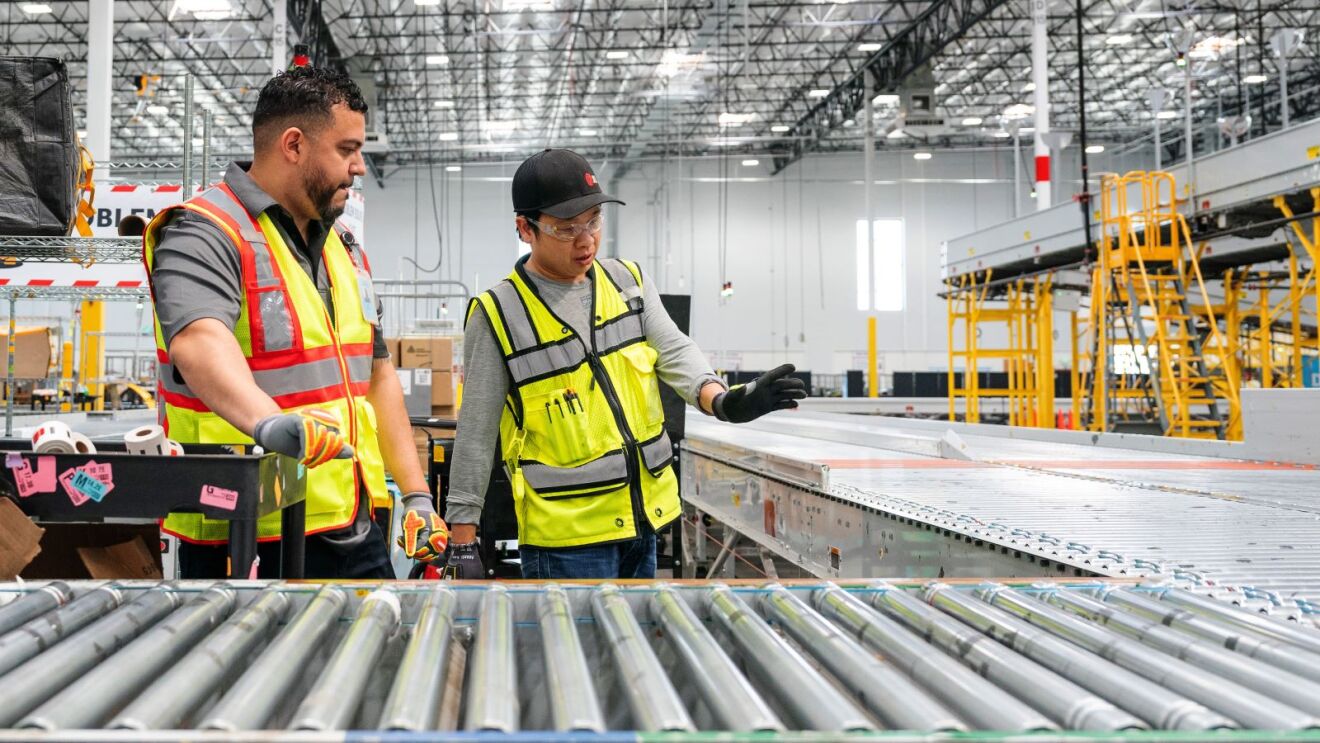Amazon is celebrating Women’s History Month by recognizing women who are embracing—and creating—equity. Our #SheIsAmazon series spotlights women at Amazon who have pushed past barriers to achieve their dreams while lifting up others along the way.
In the first installment in the series, we introduce Fawn Sanchez, a senior HR leader at Amazon Web Services (AWS) and president of the Indigenous at Amazon employee affinity group. She is also a mother, a veteran, and a powerful voice for her communities.
Tell us about yourself and your role at Amazon.
I’ve been at Amazon for almost 10 years in HR and learning and development roles. I’m also president of Indigenous at Amazon and have been on the board for four years. I joined the group and became the vice president on the same day. It might sound crazy, but I went to a meeting and heard they were looking for board members, and another woman and I were like, “Should we apply? Let’s apply!” One thing I’m passionate about is getting the Indigenous community at Amazon involved in different opportunities, like mentoring. I used the Amazon Mentoring Program to find mentors and noticed that there weren’t many members of the Indigenous community in the program, so I started reaching out to people and tripled participation within a couple of months.
 Indigenous at Amazon affinity group leaders, President Fawn Sanchez and Vice-President Caleb Dunlap.
Indigenous at Amazon affinity group leaders, President Fawn Sanchez and Vice-President Caleb Dunlap.I’ve also brought members of the community into other programs I’m involved in, such as Amazon Future Engineer and Class Chats. Amazon Future Engineer provides mentors for interns, and with Class Chats, employees visit schools and have conversations with students, to share their journeys. I’m in technology, but I’m not an engineer. It’s important for young people to know that you can work toward a career in STEM—in the fields of science, technology, engineering, and math—without being a technical person yourself.
The theme for International Women’s Day is #EmbraceEquity. What does that mean to you?
When I think of equity, it’s less about intention and more about access. I believe that most people have good intentions and are trying to create space for people around them, but sometimes there are barriers to access, especially in underserved communities.
We need to look at our own process and services, and question whether they are accessible or whether there is a digital divide. To me, that is what “embrace equity” means—looking deeper and making sure that everyone has equal access to participate.
What advice would like to share with women and other people reading this story?
Everybody can be an ally. I find that when I talk about allyship, people feel that they’re not a good ally or haven’t been a good ally. But there are so many ways to be an ally, from actual, tangible sponsorship to emotional support. I think everyone has something to offer as an ally—even if it’s just joining a mailing list and forwarding an email to help spread the word about something Indigenous at Amazon is doing. Have a little confidence in what you’re doing and don’t be self-conscious about it.
Who is the woman or person you look up to most?
I am Shoshone-Bannock from Fort Hall, Idaho, and Carizzo-Comecrudo, an Indigenous tribe in Mexico. In my culture, women are the head of household and head of communities. And in my family, we like to say that we “grow matriarchs.” I have a lot of aunties on my dad’s side who I adore and really look up to. When I was in college, my mother and many of my aunties were in college at the same time, which was really inspiring. They showed me that it’s not too late to achieve your dreams and to look after your own needs.
My auntie Tawna Sanchez is a state representative in Oregon and is the second Native American woman to serve in the Oregon Legislature. Seeing her in that role has led me to consider my own journey to local and state leadership someday. Another woman I really admire is U.S. Secretary of the Interior Deb Haaland. I have a photo of her above my desk. She has done so much for Native American communities during her term.
How would you like the world to see you?
I try to be my very authentic self because that encourages others to bring their whole selves to work. I served in the Army, and when I first got into the professional civilian workforce after leaving the military, I didn’t talk about being a parent or my traditional culture. But when you do, people open up and make connections, and it creates psychological safety.
This is me: I’m a mother, Native American, a veteran, and I work in tech. Authenticity is something I still struggle with, especially as a Native American person—I’m often the only person like myself in the room. I work in a predominantly male environment where there aren’t a lot of women or mothers, but I have more confidence now. When people bring their whole selves to work, other people begin mirroring that, and that builds confidence.











